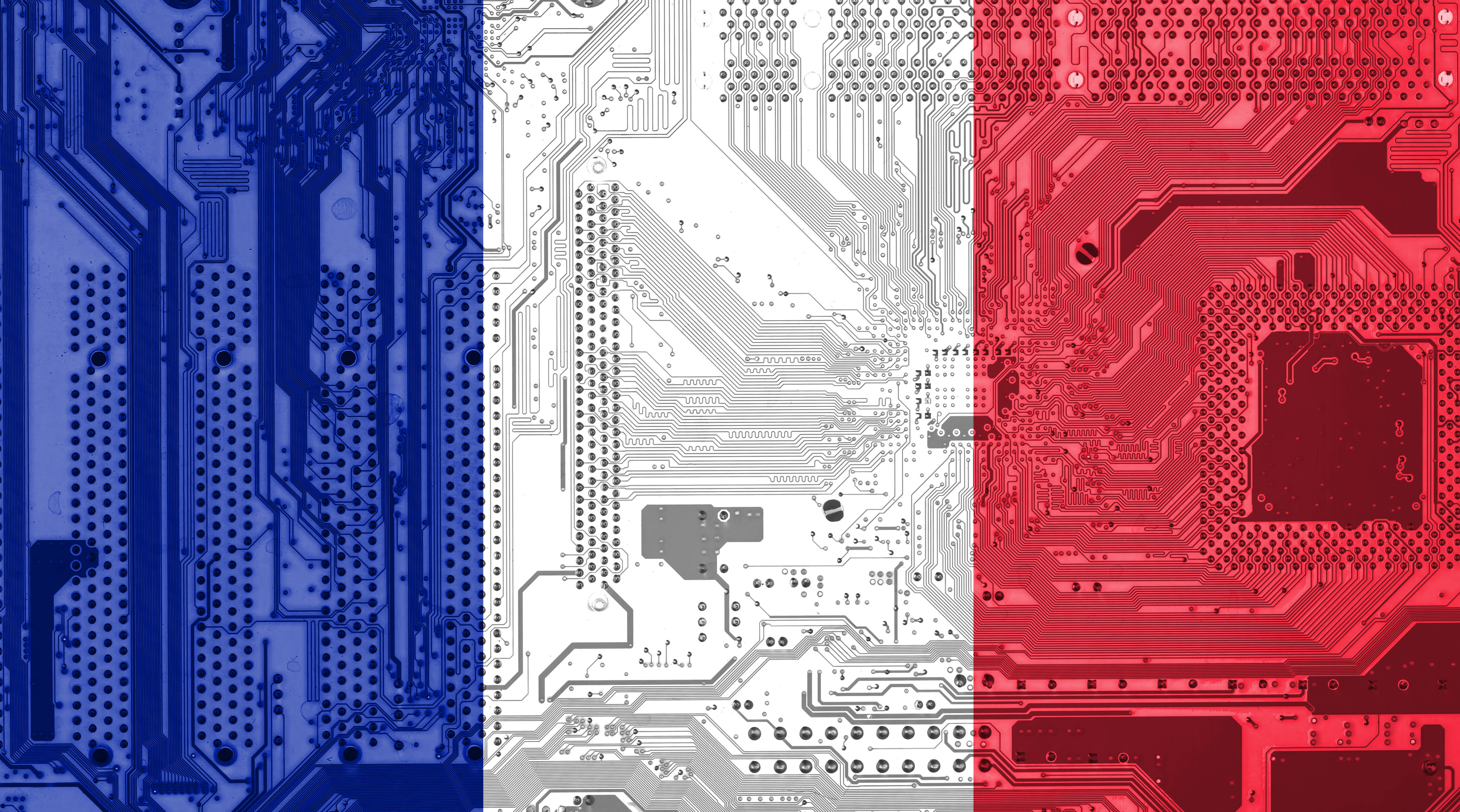GlobalFoundries, STMicro Snag €7.4B In EU Money For French Fab Project

GlobalFoundries and STMicroelectronics will receive billions of euros in European funding to build a chip factory in Crolles, France.
In a statement Friday, the European Commission announced that the American and Dutch multinationals' joint fab project had received the greenlight. Funding will take the form of direct grants paid to both parties totaling roughly €7.4 billion ($8.2 billion, £6.6 billion) to help pay for the plant.
"The measure will have wide positive effects for the European semiconductor ecosystem and contribute to strengthening Europe's security of supply," an EC statement reads.
The foundry project, announced last July, will see the two companies construct a fab alongside ST's existing facilities in Crolles. When fully operational in 2027 — a year later than initially planned — the site is expected to employ 1,000 workers and produce around 620,000 300mm wafers a year, with GlobalFoundries claiming 58 percent of that capacity and ST taking the remainder.
However, unlike many of the fabs popping up around the US and Europe, the joint project won't produce leading edge parts. Instead, the companies are targeting commodity chips using fully-depleted silicon on insulator (FD-SOI) technology. As we reported at the time, the chip-making technique makes for relatively speedy and power-efficient parts that make them ideal for automotive, industrial, and IoT applications, where bleeding-edge process tech is neither required nor cost effective.
ST in particular has its eye on capturing a larger share of the electric vehicle market. In addition to FD-SOI parts the company is also investing heavily in silicon-carbide-based power transistors. These components are favored by the automotive industry for their ability to improve the range of EVs.
However, the European Commission statement also highlights the use of FD-SOI parts in telecommunications, security, defense, and aerospace applications — many of which GlobalFoundries has existing business interests.
- Bosch to acquire TSI Semiconductor with a view to EV chip fab retrofit
- Hands off, vendors – it's for research! $11B of US CHIPS funds earmarked for NIST fabs
- GlobalFoundries sues IBM for flogging 'chip secrets to Intel, Rapidus'
- Europe finalizes €43B Chips Act it hopes will help free it from foreign fabs
In exchange for these funds, GF and ST have made several concessions. These include manufacturing EU priority orders in the case of future supply shortages, continued investment in next-gen FD-SOI tech, and making capacity available to small-to-medium-sized businesses and third-parties to test and develop new products. Finally, both companies have agreed to share any profits in excess of current expectations with the French government.
The funding approval comes just over a week after the €43 billion European Chips Act was finalized. The massive funding measure seeks to simultaneously reduce the region's reliance on foreign chipmakers while doubling the region's market share in semiconductor development, manufacturing, and material supply chains from roughly 10 percent today to 20 percent by the end of the decade. ®
From Chip War To Cloud War: The Next Frontier In Global Tech Competition
The global chip war, characterized by intense competition among nations and corporations for supremacy in semiconductor ... Read more
The High Stakes Of Tech Regulation: Security Risks And Market Dynamics
The influence of tech giants in the global economy continues to grow, raising crucial questions about how to balance sec... Read more
The Tyranny Of Instagram Interiors: Why It's Time To Break Free From Algorithm-Driven Aesthetics
Instagram has become a dominant force in shaping interior design trends, offering a seemingly endless stream of inspirat... Read more
The Data Crunch In AI: Strategies For Sustainability
Exploring solutions to the imminent exhaustion of internet data for AI training.As the artificial intelligence (AI) indu... Read more
Google Abandons Four-Year Effort To Remove Cookies From Chrome Browser
After four years of dedicated effort, Google has decided to abandon its plan to remove third-party cookies from its Chro... Read more
LinkedIn Embraces AI And Gamification To Drive User Engagement And Revenue
In an effort to tackle slowing revenue growth and enhance user engagement, LinkedIn is turning to artificial intelligenc... Read more

